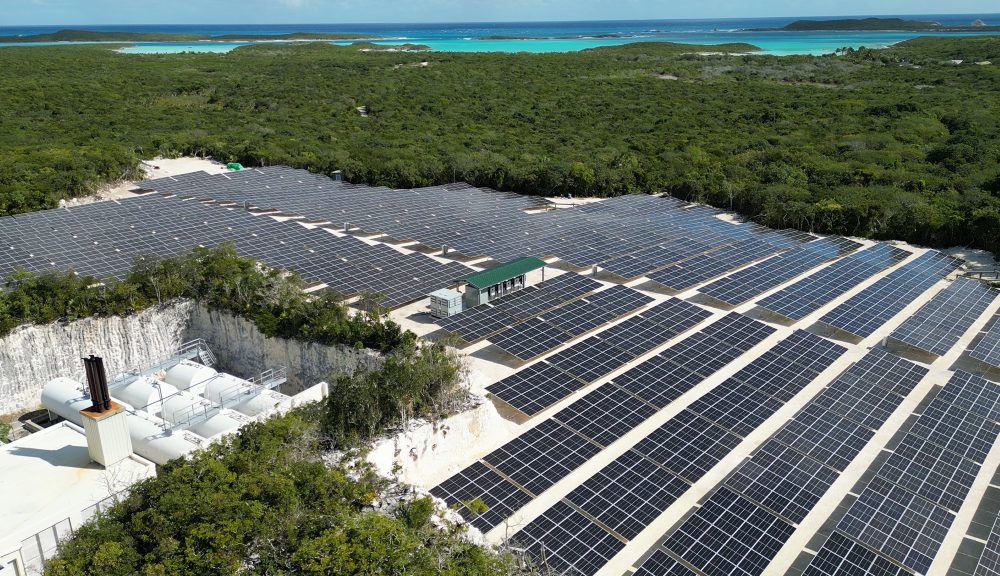What’s holding up utility-scale energy storage development?

Everything from home heating, cooking, and transportation is going electric while legacy power plants are being retired to reach clean energy goals. However, the renewable energy and storage projects set to replace them aren’t coming online soon enough. According to Lawrence Berkeley National Laboratory’s latest report on U.S. interconnection queues, only 13% of solar, wind and energy storage projects in approval queues have signed interconnection agreements. And over the past decade, only about 23% of all projects in interconnection queues have successfully connected to the grid and begun operating.
It’s universally accepted that the interconnection queue process is broken and needs an overhaul. Without reform, the U.S. simply can’t get the clean energy and storage that it needs online. Moreover, for energy storage projects, in particular, there’s another major barrier preventing deployment: the cost of electricity used to charge the storage facilities when interconnected on a utility electric distribution system.
This article will outline a few key challenges developers face and possible ways to overcome them.
Utility-Industry Collaboration
Utilities are the gatekeepers and control much of what happens in the industry, including the amount of time it takes to interconnect, the cost to interconnect, and once interconnected, the cost of supply to charge energy storage facilities.
It’s critical that energy storage developers maintain an on-going dialogue with interconnecting utilities to increase a project’s likelihood of being interconnected in a timely and cost-efficient manner and to ensure appropriate rate treatment when the facility enters commercial operation.
Utilities and developers must work together to identify slight site design changes that would speed up the interconnection timeline and help improve the cost to interconnect.
Utilities often approach the current interconnection process by studying only what a developer asks them to study, with no interactive dialogue regarding how slight changes could improve the timeline and the cost of interconnection. However, by eliminating the unnecessary back-and-forth during the study process, inefficiencies can be removed. Utilities have access to information that a developer does not, and a collaborative process can allow both parties to arrive at an acceptable outcome for the interconnecting project more efficiently.
Implementing creative solutions, like rate-basing interconnection costs where there is a system benefit to the interconnection, can also help reduce the cost associated with interconnecting. In addition, cluster studies could prioritize strict system reliability criteria with standards that reduce adverse effects from renewable projects. Additional mechanisms that can help reduce potential costs include methods such as fixed unit prices or $ / kW flat pricing.
Most of the interconnection cost issues result from utilities examining the worst-case scenarios (e.g., an energy storage system charging during the annual peak load hour or discharging at maximum power during the annual minimum load hour). However, technology is readily available to allow for remote visibility and control by utility system operators to avoid such scenarios, and utilities need to work with developers to advance these grid modernization techniques.
Defining an energy storage facility (and why it is not a retail load)
The industry needs to define an energy storage facility more appropriately. Currently, the cost to charge an energy storage system, when based on a legacy retail electricity tariff, is prohibitive for energy storage developers. However, energy storage facilities are not load, in that storage facilities charge at a point in time and discharge at another. In addition, energy storage facilities provide benefits to the overall electric distribution system. Other than auxiliary power for the facility, such as usage for lighting, computer equipment, security cameras, and HVAC, energy storage facilities should not pay for electricity as a retail load.
Treating energy storage facilities as a retail load, subject to retail electricity rates when charging, creates a significant barrier to entry and is holding back the development of more grid-tied energy storage facilities. Energy storage is the key to unlocking the energy transition and these critical issues need to be addressed.
Government intervention
The government must also continue passing policy that incentivizes completing queued-up projects. Two programs that are models for what the industry can and should be doing to promote energy storage and overcome these challenges are the SMART program and Clean Peak Energy Standard in Massachusetts, because they can provide revenue certainty to an energy storage developer.
The SMART program supports solar development throughout Massachusetts. Since its inception in 2018, the program has doubled to support the installation of 3,200 megawatts of solar—a necessary step in broader energy storage adoption. Utilities are given a portion of the program’s budget and each utility involved—National Grid, Eversource and Unitil—supports a percentage of the program proportionate to the amount of electricity they distribute in the state. In addition, the SMART program has an incentive adder to encourage the coupling of energy storage with a renewable energy asset.
Another successful program is The Clean Peak Energy Standard, which requires electric retailers to get a minimum percentage of annual electricity sales from renewable generation or energy storage that results in cost savings and reduced emissions. This program works well to incentivize energy storage because it provides a revenue stream for displacing older, inefficient generation sources during the time of peak.
Conclusion
When renewable energy and storage projects survive the interconnection queue, they increase the grid’s resiliency and advance clean energy goals. Energy storage enables the deployment of renewable energy resources that advance clean energy goals. In addition, energy storage provides valuable grid services that are critical to maintaining a safe and reliable grid. Utilities, developers, and regulators must work together to fix the interconnection process and barriers to entry for energy storage and move towards the country’s more sustainable future.
Jeffrey Perry is Executive Vice President, Asset Management at Agilitas Energy. Jeffrey oversees the company’s portfolio revenue optimization and O&M. He has over 30-years of experience in the energy business and has held a number of senior level asset management and commercial positions.





Comments are closed here.